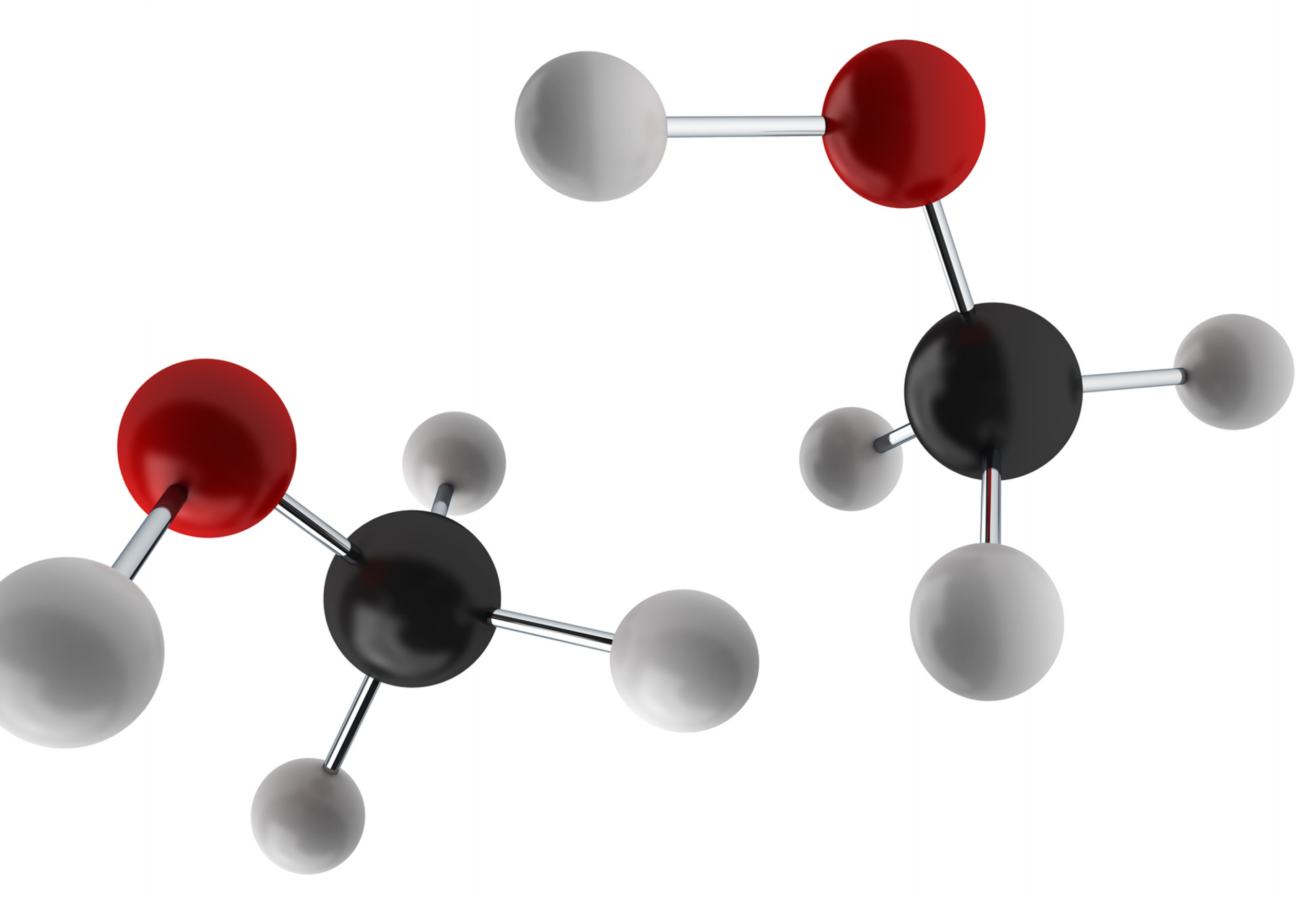On the heels of additional reports of methanol poisoning from ingestion of hand sanitizers, the FDA issued a new final guidance titled Policy for Testing of Alcohol (Ethanol) and Isopropyl Alcohol for Methanol (here) for immediate implementation. The guidance applies to the use of pharmaceutical alcohols (PAs) (ethanol and isopropyl alcohol) by pharmaceutical manufacturers, outsourcing facilities, and pharmacy compounders in prescription or OTC products.
The guidance outlines the history of the adverse reactions, including death, due to ingestion or topical administration of PAs that may have been contaminated with methanol above limits cited in the USP monographs (no more than 200 ppm of methanol). The guidance also outlines the FDA’s work and July 30, 2020 request to the USP to update its testing criteria and “include a test for methanol in the Identification sections of the alcohol, isopropyl alcohol, and any related USP-National Formulary (NF) monographs to help prevent methanol contamination.” “On February 1, 2022, a revised Isopropyl Alcohol Monograph containing the same test for Limit of Methanol as an additional Identification C Test became official.”
While the FDA did warn about the need to test for methanol in hand sanitizers during the COVID public health emergency (PHE), that guidance was withdrawn after the PHE ended. Because the FDA has become more aware of the continued adverse events from all classes of drug product that may contain methanol contamination above the safe limit set, the Agency chose to issue this new guidance that requires testing of PAs under cGMPs and the revised testing provisions in the USP monograph.
Sound familiar? The diethylene glycol (DEG) contamination issue and deaths caused by using glycerin contaminated with DEG also prompted the FDA to issue an immediately effective guidance on required testing for contamination in certain products.




